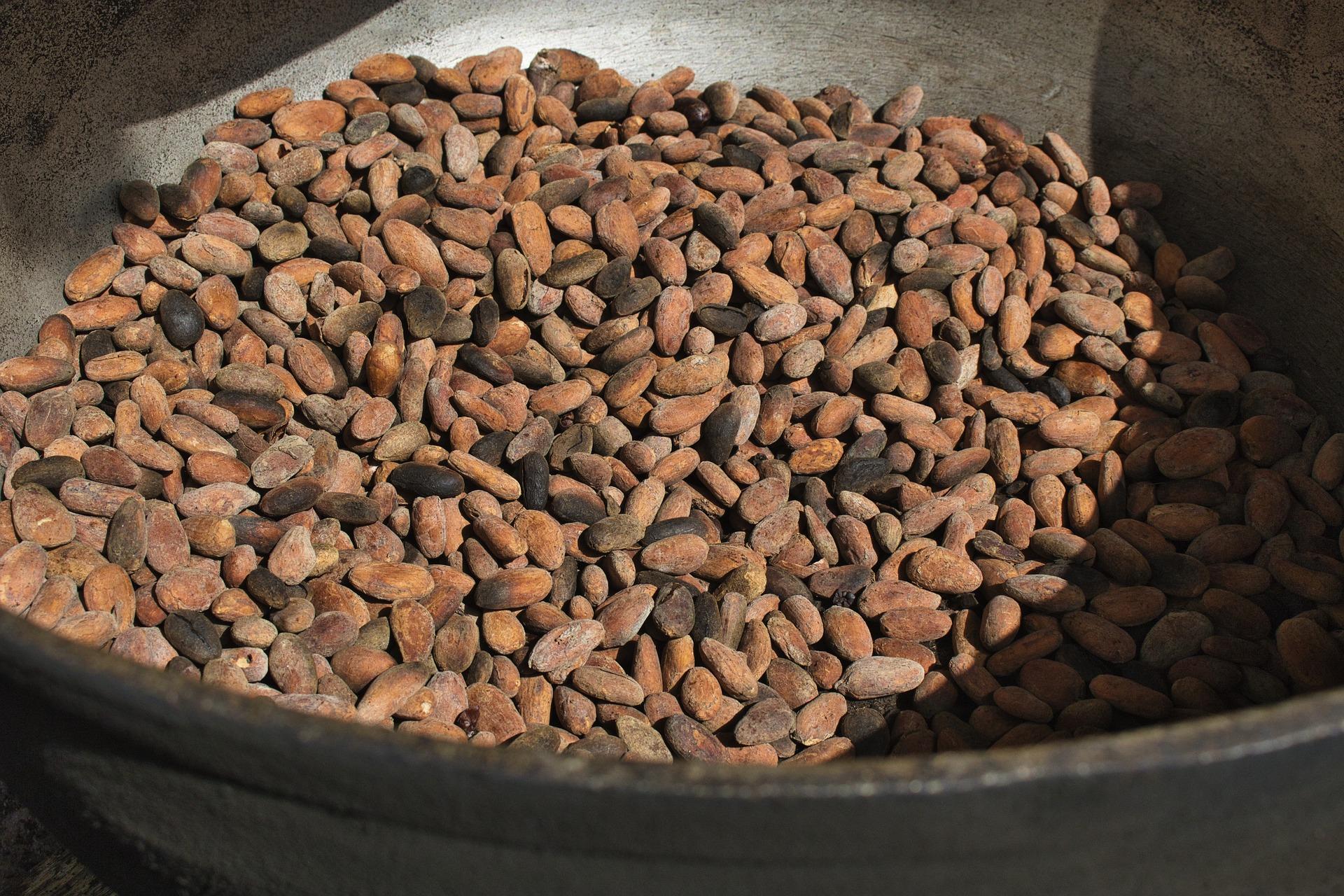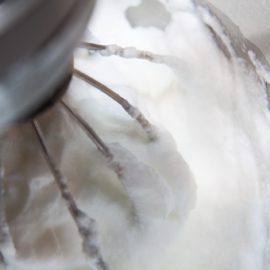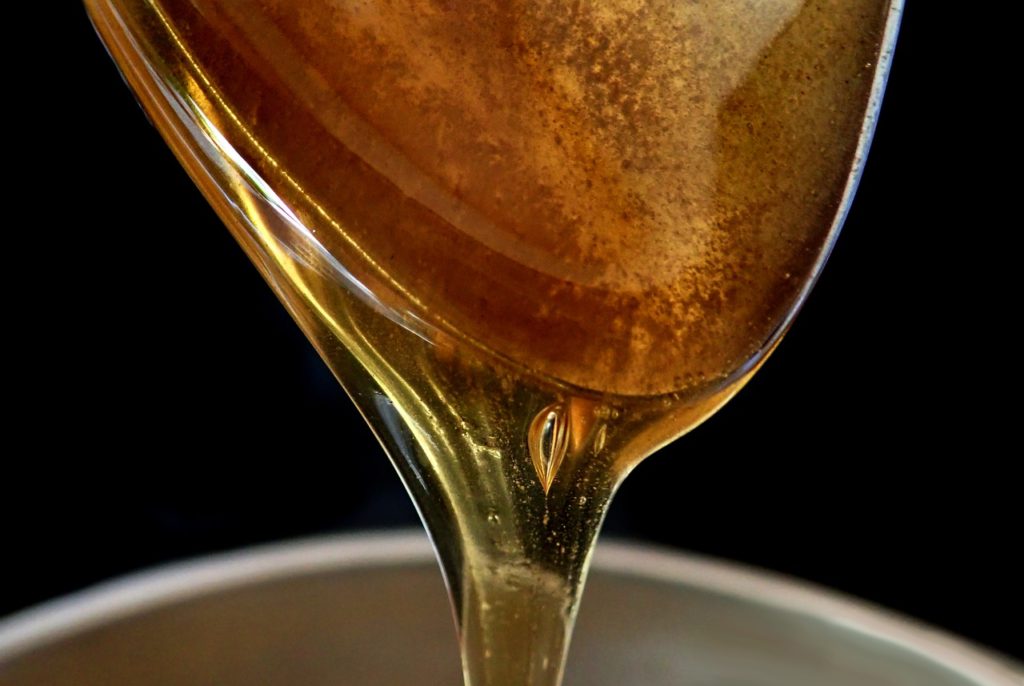
They say honey does not spoil or expire. It is definitely true as long as it is kept properly. In fact, the oldest honey unearth by archeologists was about 5,500 years old. The archeologists discovered this honey in the tomb of a woman in Georgia in East Europe. The previously recognized oldest honey, which was found in the tomb of the Egyptian Pharaoh Tutankhamen, was about 3,000 years old. And both honeys were still in their edible form! What’s so different with honey that expiry dates seemingly do not apply to it?
Well, the best way to start answering this question is by exploring how bees produce honey.
Keep reading.
HOW BEES PRODUCE HONEY
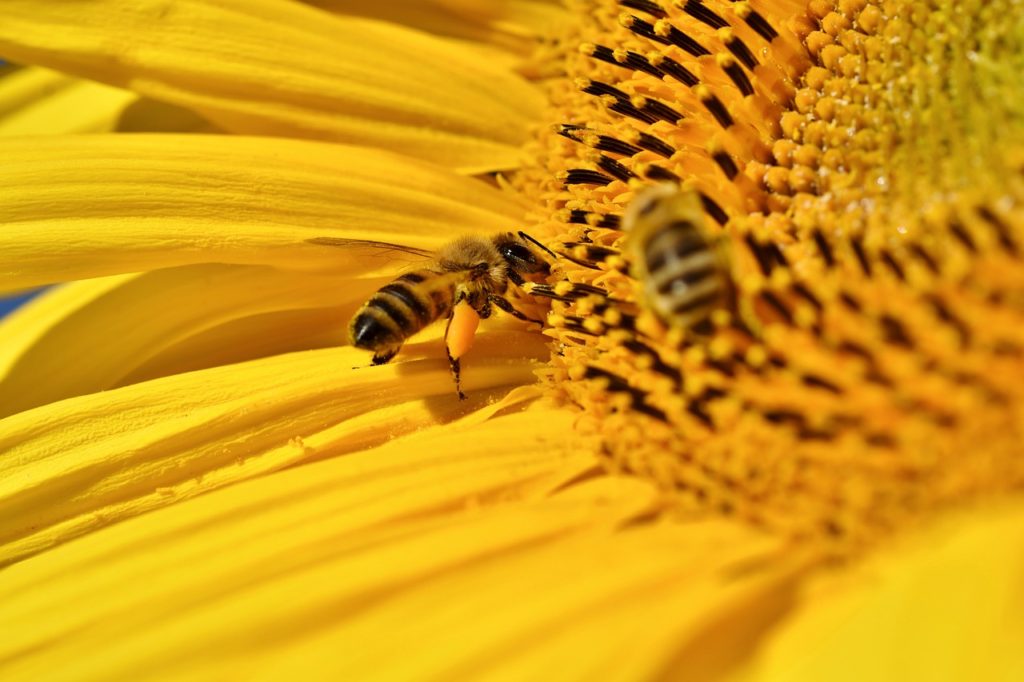
The production of honey starts when “forager” bees collect nectar from plants. Nectar is the sweet viscous liquid that plants produce from their glands (called nectaries). Although the stem and the leaves of plants also produce nectar, honeybees obtain nectar largely from the blossoms. Unlike honey, nectar is mostly water (about 80%).
But during the ripening process, the bees reduce this water content down to around 17%. One way they achieve this is by fanning the honeycomb with their wings to dry out the nectar. This process takes around 1 to 3 days.
The other components of nectar is sugar (about 15%) and traces of salts, oils, acids, and proteins. The major sugars in nectar are the disaccharide sucrose and the monosaccharides fructose and glucose.
Once the ripening process has finished, honey becomes a supersaturated sugar solution as a result of the evaporation of water. Typically, honey is 35% glucose, 40% fructose, and traces of other simple sugars. Honey’s low water content of 17% is just one of the few reasons why it is highly resistant to spoiling.
HONEYBEES’ SPECIAL STOMACH FOR NECTAR
What’s unique about honeybees is that they have 2 stomachs; one is for food digestion and the other is a special stomach for storing nectar (Some of the nectar bees collect goes to the normal stomach to convert it as an energy source). Inside the special honey stomach is the enzyme glucose oxidase (GOx). In food manufacturing, GOx is an additive that is valuable for its oxidizing effects (conditions dough in baking). When the bee regurgitates the nectar into the honeycomb, GOx mixes, reacts, and breaks down the nectar, producing gluconic acid and hydrogen peroxide (H2O2).
Further reading: Why Should You Read The Label When Buying Honey
Gluconic acid is the most abundant acid in honey. Other acids in honey include butyric, citric, formic, lactic, acetic, malic, succinic, and pyroglutamic acid. These acids contribute to the honey’s low pH of 3.2 to 4.5. Low pH foods (at least 4.6 or lower) inhibit the growth of harmful microorganisms.
Hydrogen peroxide, the other by-product of the action of glucose oxidase, is another reason for honey’s very long shelf life— and may be the most important microbial inhibitory factor. In fact, studies believe that H2O2 is the main compound responsible for the antibacterial action of honey. H2O2 kills microorganisms by destroying their cell wall through oxidation. As an antiseptic, its effect is superior to that of rubbing alcohol and acetic acid. For this reason, honey has been used for centuries to treat various kinds of human diseases.
HONEY’S SUPERSATURATED STATE AND WATER ACTIVITY
Like we already mentioned, honey is a supersaturated sugar solution. Its solid inter-molecular forces result in a higher viscosity than water. And most of the water molecules are hydrogen-bonded to the high concentration of sugar molecules. Because of this strong interaction, there is not much water activity. Water activity measures how much water is free or unbound and therefore available to support the growth of microorganisms. While pure water has a water activity of 1.0, that of honey is only 0.60. And it is not sufficient support the growth of microorganisms even osmophilic yeasts, fungi that adapt to foods with high osmotic pressure. Water activity in relation to food safety is discussed in more detail here.
The chemical composition of honey makes it an unfavorable environment for microorganisms. But this does not mean you can just leave a jar of honey in the open.
And here’s why.
Honey, a homogenous mixture, is one of the most commonly faked and adulterated commodities: What Are The Types Of Food Fraud?
WATER MIGRATION AND CRYSTALLIZATION
Remember a while back when I said honey does not spoil as long as it is stored properly? That means honey will even go forever well preserved only if stored in a sealed container, away from humidity. Water has a tendency to migrate from areas of high water activity to areas of low water activity (honey). If the relative humidity is equal or over 0.85, honey (has a water activity of 0.60) will absorb moisture from the air. If the surface of the honey gains sufficient moisture, mold growth may be seen and spoil it.
Another problem that may arise with honey is crystallization. Honey has a tendency to crystallize because of its supersaturated state. This occurs when chains of glucose start to break down— they stick to each other and eventually precipitate and find themselves at the bottom of the container. The rate of crystallization depends on the amount of glucose in honey. Crystallization is good because the quality of the honey is preserved.
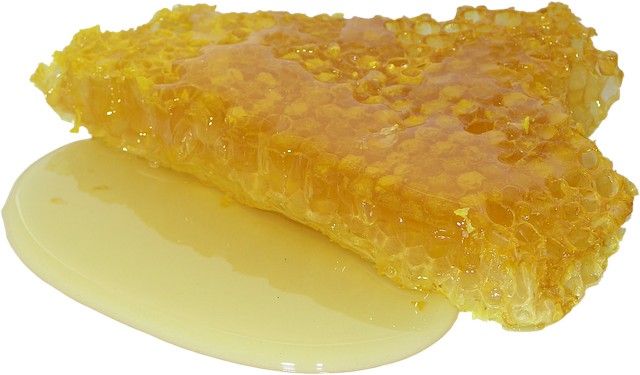
And some people actually prefer it since the taste becomes richer. However, the process results in a layer of liquid of higher moisture content than that of honey. If this occurs, the presence of water and sugar may trigger fermentation by yeasts, producing alcohol. This water is the reason why fermentation occurs more in crystallized honey.
The best way to prevent crystallization is by pasteurization where honey is heated at 145 °F (63 °C) for 30 minutes and then quickly cooling it. Another way is by storing honey at room temperature (64 °F (18 °C) to 75 °F (24 °C).
